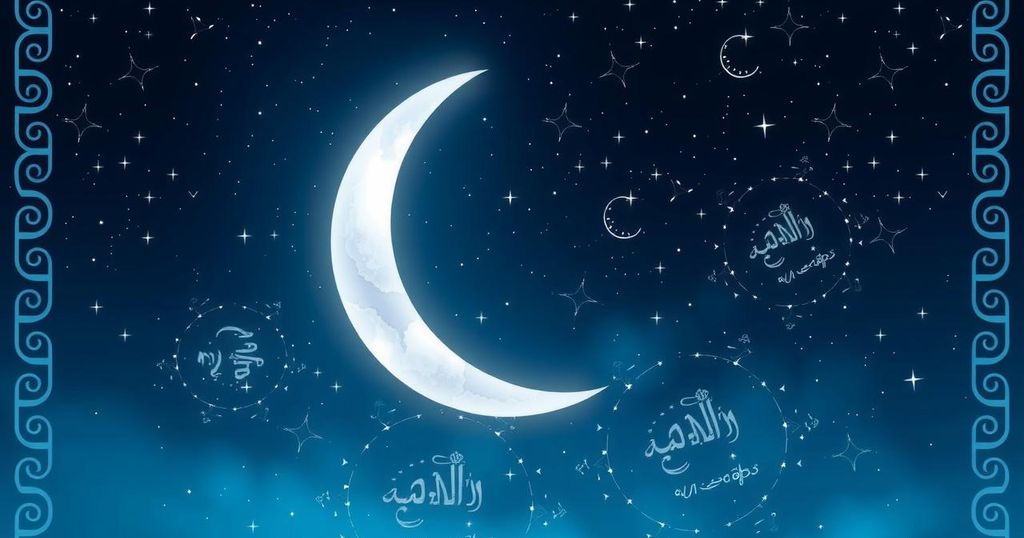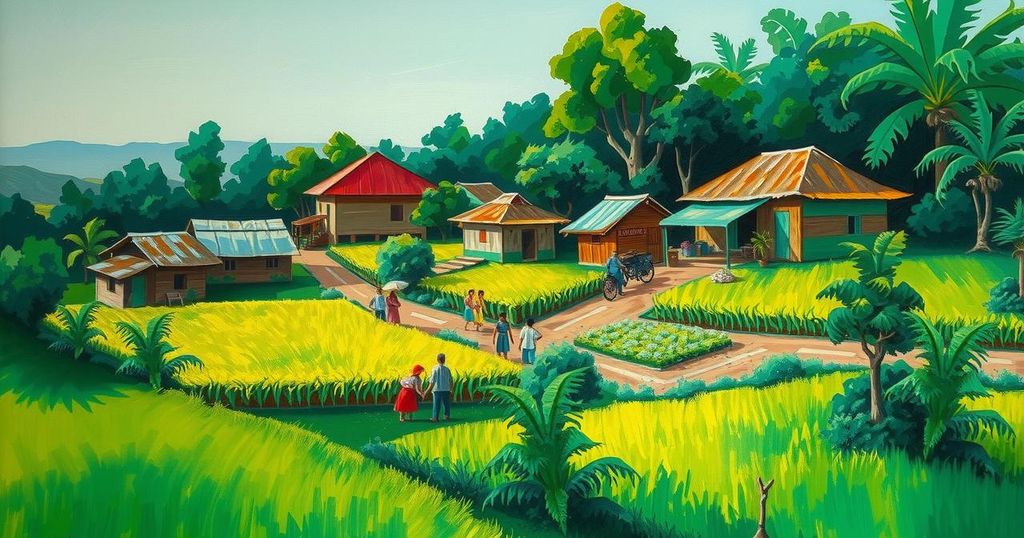Eid-ul-Fitr 2025: Anticipated Dates and Global Celebrations
Eid-ul-Fitr 2025 is anticipated on March 30 or 31 depending on the moon sighting. Public holidays will be observed in various countries, including a three-day holiday in the UAE and a four-day break in Saudi Arabia. Ramadan will conclude around March 30, and Eid represents unity and gratitude in celebrations worldwide.
Eid-ul-Fitr, a significant religious occasion, is anticipated to be celebrated on either March 30 or March 31, 2025, contingent upon the sighting of the crescent moon. This festival not only marks the end of Ramadan but also fosters family reunions and community celebrations. Various countries declare public holidays to facilitate these festivities, ensuring citizens have time to engage in cultural traditions.
In the UAE, three days of public holidays are confirmed from Shawwal 1 to 3, alongside an additional day if Ramadan lasts the full 30 days. Kuwait will observe a three-day holiday if Eid falls on March 30, and an extended nine-day break if it is on March 31. Saudi Arabia will provide a four-day holiday starting March 30, with activities resuming on April 3. Other Gulf Cooperation Council (GCC) nations, such as Qatar and Bahrain, will have holidays ranging from three to six days.
According to expected timelines, Ramadan 1446 AH will conclude on either March 29 or March 30, 2025. In the United States, many communities observe local moon sightings or announcements from Saudi Arabia, gathering to offer Eid prayers in mosques and open spaces. Celebrations typically include festive meals and the exchanging of Eidi, or gifts.
The official date of Eid-ul-Fitr 2025 hinges on the moon sighting on the 29th night of Ramadan, which is March 29. If the crescent moon is sighted on that night, Eid will be observed on March 30. Conversely, if the moon is not observed, Ramadan will complete its 30 days, moving the celebration to March 31, 2025.
Eid-ul-Fitr symbolizes spiritual and cultural importance, culminating a month of fasting, self-reflection, and prayer. It represents gratitude, generosity, and community spirit, drawing families together for communal feasts and special prayers at mosques. Zakat al-Fitr is an essential tradition, ensuring the underprivileged partake in the festivities. The occasion is celebrated globally with various traditional foods, embodying joy, love, and togetherness among diverse cultures.
There will not be two Ramadans in 2025, as the holy month is expected to commence on the evening of February 28 and conclude by March 30, 2025. The year 2030, however, will witness two instances of Ramadan due to the differences between the Islamic lunar calendar and the solar Gregorian calendar.
In summary, Eid-ul-Fitr 2025 is projected to be celebrated on either March 30 or March 31, depending on moon sighting results. Various countries will observe public holidays to commemorate this festive occasion, highlighting the importance of familial and community interactions. This celebration represents spiritual fulfillment, and generosity, and also features global traditions that enrich cultural diversity. The year 2025 will not have two Ramadans, while 2030 will experience such a phenomenon due to calendar disparities.
Original Source: m.economictimes.com




Post Comment